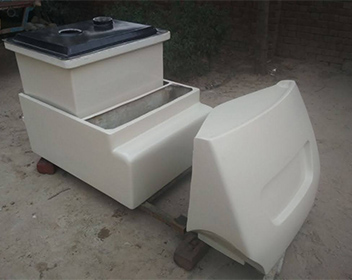E-Rickshaw
One of the first attempts to design electric rickshaws was done by Nimbkar Agricultural Research Institute in late 1990s. In India, these e-rickshaws are widely spread all over the country, starting to gain popularity around 2011. The design is now much different from cycle rickshaws.
E rickshaws are now fairly popular amongst Indian rickshaw drivers and have created new opportunities for people, as they require a minimum investment to earn a living. They offer huge returns in less time and are easy to operate and has low maintenance and running cost. These days Indian e rickshaws have been developed offering a higher quality and better services at an equivalent cost. E rickshaws can provide a decent income since the battery charging cost is far lower than any other fuel, new material such as fiberglass has been introduced in them since the material provides high strength, durability and lighter than metals.
The future of electric rickshaws
In the initial days, e-rickshaws were being imported, but now they are being manufactured domestically. Several OEMs are producing highly advanced Lithium-ion batteries and the ecosystem is growing rapidly. The biggest challenge that e-rickshaws faced in the early years was range anxiety and a lack of adequate charging infrastructure. However, with the rapid expansion of battery swapping networks, it is now becoming increasingly possible for e-rickshaw drivers to drive into the nearest swapping station, get the depleted battery replaced with a fully charged one, and get back on road within minutes.
The top 5 Benefits of Electric Rickshaws are:
- Zero pollution – E-rickshaws have proven to be a great last-mile commute solution for Indian roads. At present, CNG-driven autos are considered to be the cleaner local commute solution. However, powered by batteries, e-rickshaws are a zero-pollution option. Even if we were to replace the existing CNG autos with e-rickshaws, it would amount to a reduction of 1,036.6 tonnes of CO2 emissions daily(or 378,357 tonnes of CO2 emissions annually). Not only that, they don’t cause noise pollution, the way autos do.
- Cheaper and better – E-rickshaws are significantly cheaper than the conventional last mile solutions such as autos which are the second most affordable mass mobility option. An e-rickshaw can be purchased for about INR 1 lakh whereas an ICE-based auto could cost up to 3 lakh depending on the state where it is purchased.
- Low maintenance – Powered by batteries that can be charged at a charging station or swapped at a battery swapping station, e-rickshaws are easier to operate and maintain than conventional autorickshaws.
- Smoother ride – E-rickshaws are lower than the conventional pedal rickshaw and with their gravity being closer to the ground, they prove to have a smoother turning and ride experience. It makes them ideal for crowded and heavy traffic urban roads as well as bumpy and narrow rural roads.
- Greater earning potential – E-rickshaws not only contribute to the cause of sustainability but also the socio-economic growth of e-rickshaw drivers and their families. With the low cost of operations, e-rickshaw drivers can earn more than a normal rickshaw puller and with greater comfort. Now with the rise of battery swapping services, e-rickshaw drivers are also able to overcome range anxiety as they can swap discharged batteries at a swapping station and get back to the road within a few minutes.


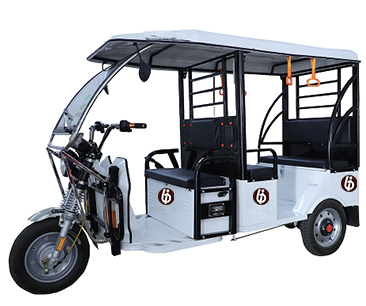
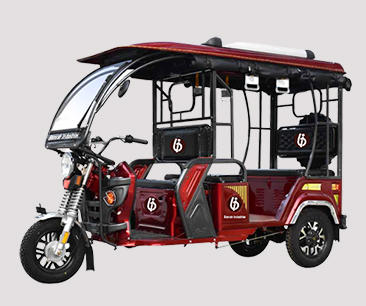


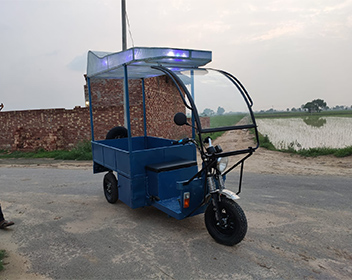
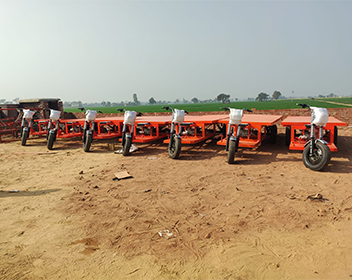
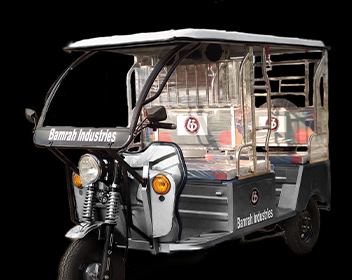
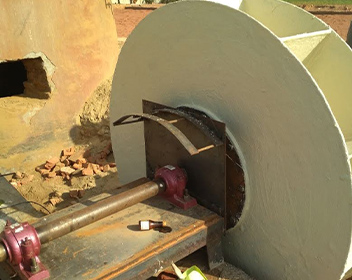
.jpeg)
